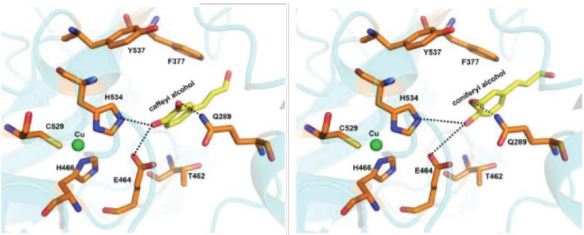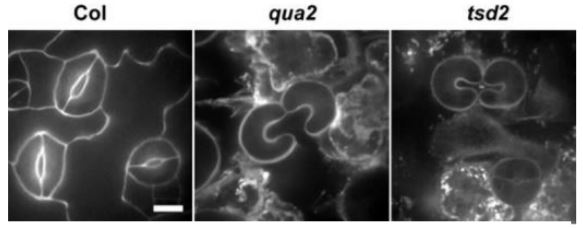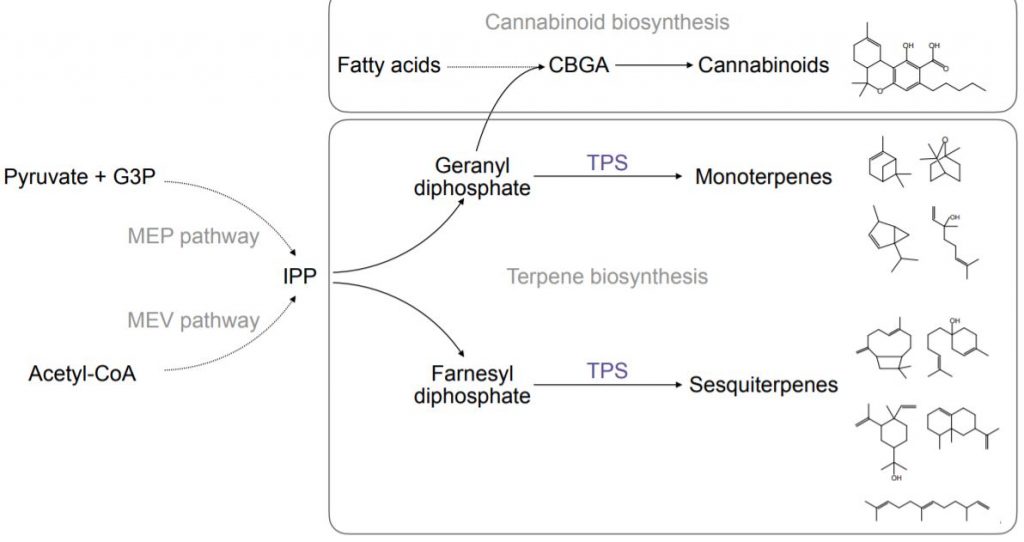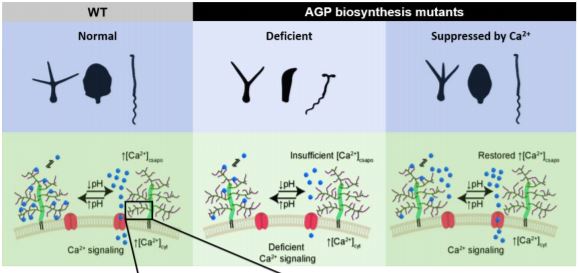
A role for melatonin in the defence of sweet oranges against citrus greening disease
Blog, Plant Physiology, Plant Physiology: News and Views, ResearchIf you regularly enjoy a cold glass of orange (Citrus × sinensis) juice, freshly squeezed or store-bought (who has time for the former, really?), then you should know that the future of this drink is at stake. Citrus greening disease or Huánglóngbìng (HLB) has been wreaking havoc on the citrus industry…

The Lure of Lignin: Deciphering High-value Lignin Formation in Seed Coats
Blog, Research, The Plant Cell, The Plant Cell: In BriefLignin is a major functional component of plant secondary cell walls and the second most abundant biological polymer on Earth after cellulose. Understanding the biosynthesis of lignin has huge practical implications because lignin is a major by-product of processes that use cellulosic biomass for industrial…

Let’s stick together – a pectin biosynthetic mutant reveals the interconnectedness of plant cell walls
Blog, Research, The Plant Cell, The Plant Cell: In BriefThe plant cell wall is vital for plant survival—it mediates defence against pathogens, provides structural stability and controls growth to produce final plant form. Plant cell walls are composite structures formed mainly from cellulose, hemicelluloses, and pectins, and the interactions of these components…

Terpenes in cannabis: Solving the puzzle of how to predict taste and smell
Blog, Plant Physiology, Plant Physiology: News and Views, ResearchMarc-Sven Roell1
ORCID ID: 0000-0003-2714-8729
1Institute of Plant Biochemistry, Heinrich-Heine University Düsseldorf, Universitätsstrasse 1, 40225 Düsseldorf, Germany
[email protected]
Cannabis sativa (cannabis) is the cornerstone of the multi-billion-dollar legal marijuana industry.…

Peripheral? Not Really! The Extracellular Arabinogalactan Proteins Function in Calcium Signaling
Blog, Research, The Plant Cell, The Plant Cell: In BriefArabinogalactan proteins (AGPs) are a family of extracellular proteoglycans that existed in land plants and algae (Johnson et al., 2017). AGPs are part of the hydroxyproline-rich glycoprotein (HRGP) superfamily that also includes extensins and proline-rich proteins. Based on the protein sequence, a glycosylphosphatidylinositol…

